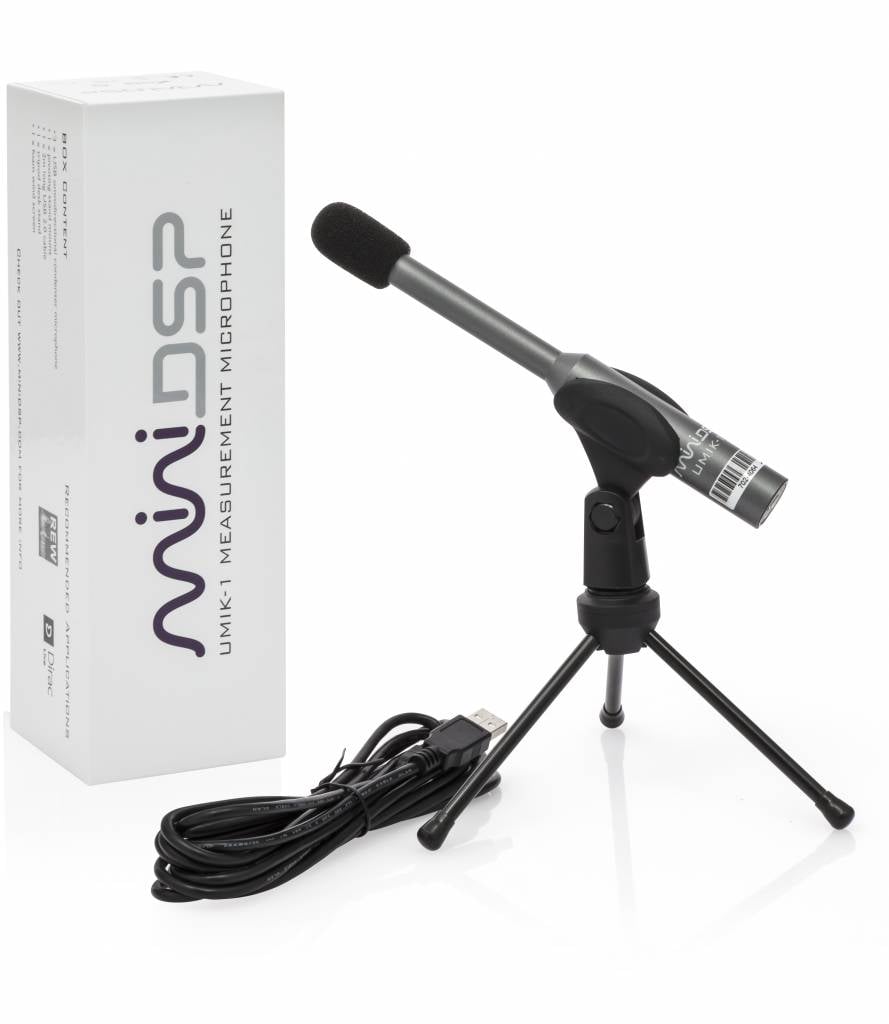- Thread Starter
- #61
Ok, I'm a computer programmer but as I said I'm new in this field, I've never used CamillaDSP as I don't have the Protodac in my hand yet. I think I will take some time to think about all the information you have given me before making a choice. I'll get back to you as soon as I understand better what to do. For now I thank everyone for your kindness!Ok, you are a computer programmer and mention yourself you can use Camilla DSP for free, to create audio processing pipelines for applications such as active crossovers or room correction. Then you already know what ZolaIII mentioned that I asked him to elaborate on.
EDIT:
yesterday I met the old who sold the ECI-1, he had a very elaborate system, not having been able to make a comparison with another amplifier it is very difficult to give a verdict. What I know for sure is that the he is 80 years old, he is an enthusiast, the amplifier is perfect both aesthetically and in practice, it was revised 3 years ago. I turned the volume up to maximum to hear noise, I didn't hear any, except something almost imperceptible. It didn't heat up as I expected, much, much less. I told him I would think about it. As I said, I want to study all the information received better and understand it a little more.
Last edited:





